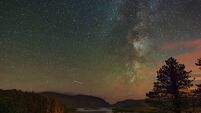Anja Murray: Opposition to saving nature — all that we hold dear — is surreal
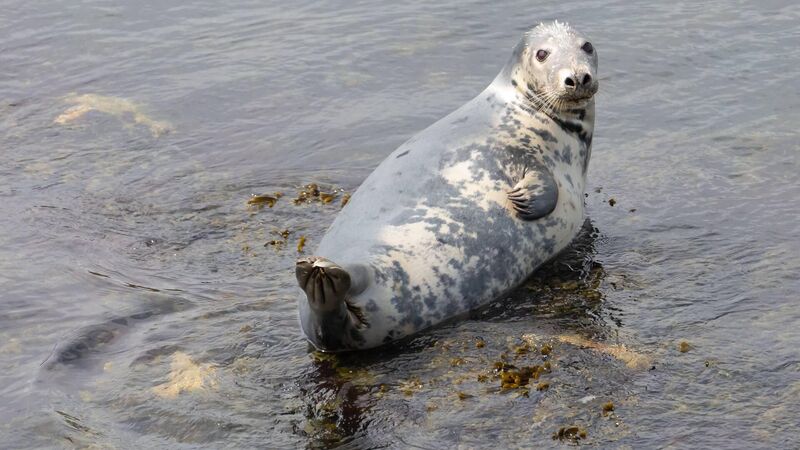
Grey Seal. Picture: Eamonn Coyle
As the summer charges in confidently, it’s easy to feel enthused about wild nature. Wet fields are brimming with meadow buttercup and bright pink ragged robin. Wild orchids are coming up everywhere. Coastlines are covered in swathes of pretty pink sea thrift and the sea invites us in to swim. Swifts zoom past overhead and swallows glide on evening air currents, catching up flying insects for their nestlings as they go. We are reminded at every turn of the richness that surrounds us and how we in Ireland have not completely lost our close connection with nature.
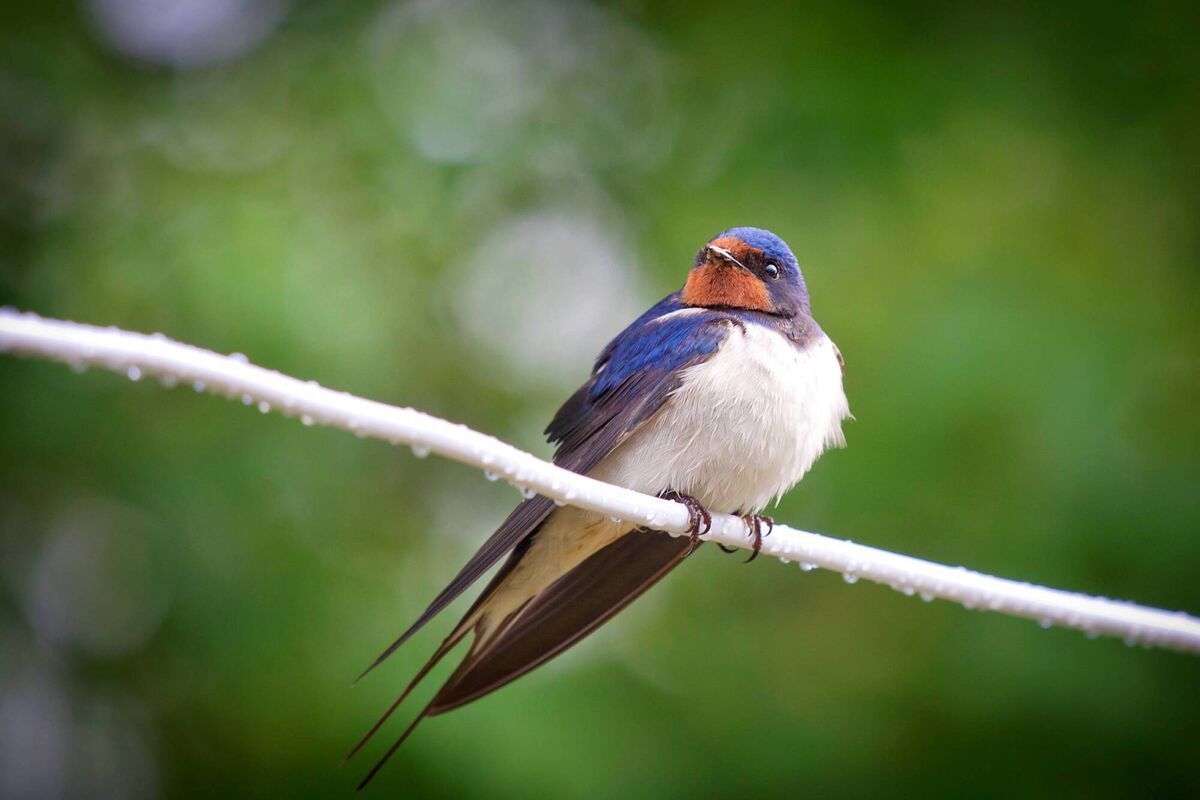
Since the covid pandemic, there seems to be more interest in nature than ever before. It’s more than a month since An Post sent every household in the country a postcard about the benefits of ‘no-mow-may’ for pollinators and other invertebrates, something I would not have thought possible just a few years ago. It genuinely feels as though there is a sea change underway, a shift in how we value the health of the natural environment and the state of all the wild plants and animals in jeopardy.
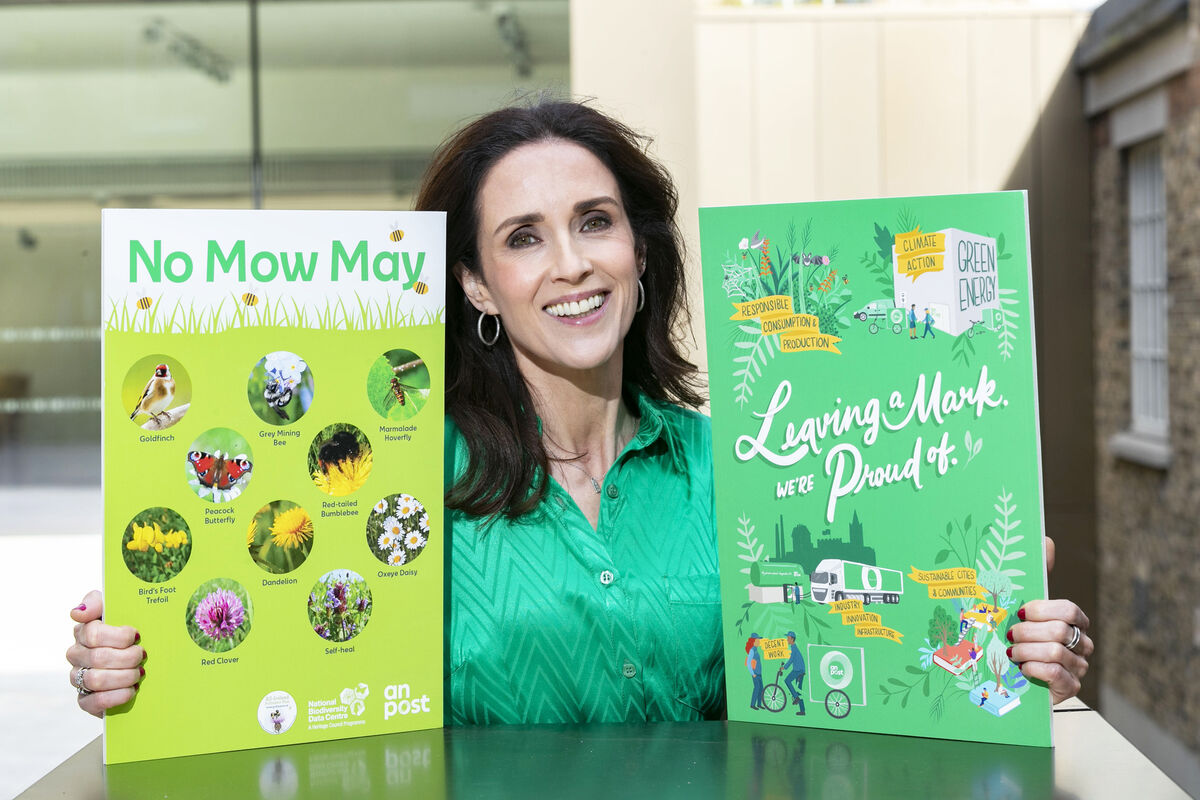
Over the past few weeks I’ve been lucky enough to experience a small sample of the highlights Ireland has to offer. In Arranmore Island off the coast of Donegal I heard a Corncrake, its coarse call drifting up from small fields through daylight and darkness. At the other end of the country, I was in Glengarriff, west Cork, where I saw huge seals soaking up the sunshine on wave-lapped rocks and watched in awe as a pair of resident white-tailed sea eagles brought fish for their chick in its enormous platform of a nest.
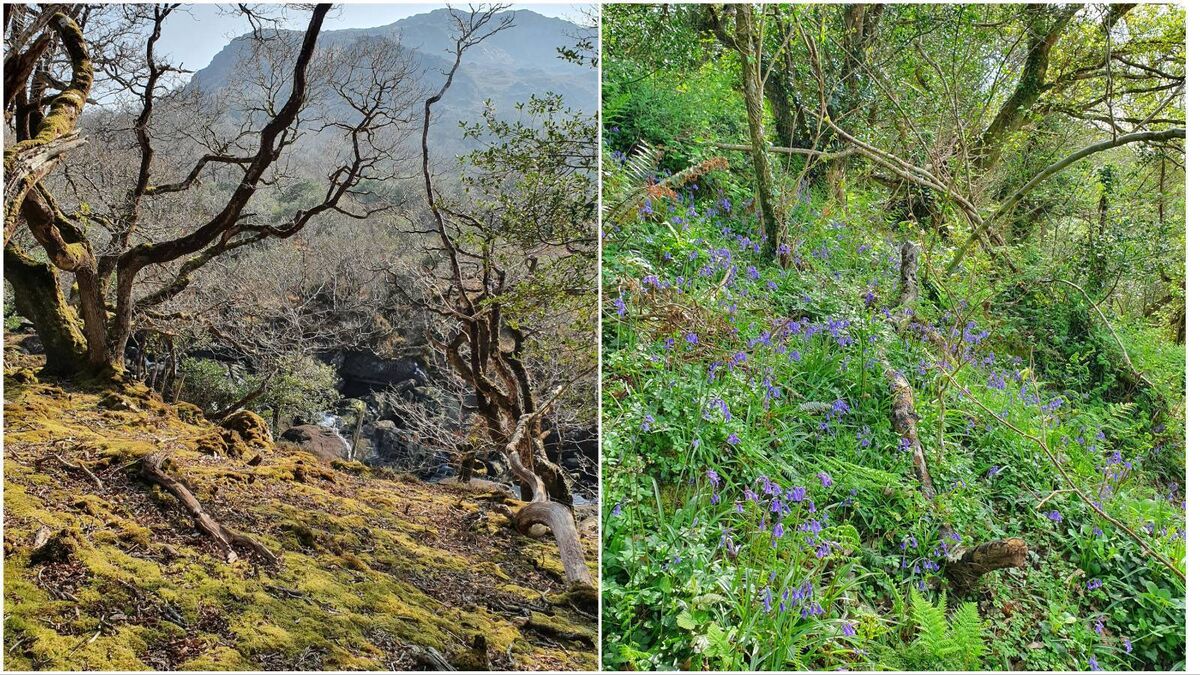
I even got the chance to visit Eoghan Daltun’s incredible Irish rainforest on the Beara peninsula, where I witnessed birch, oak, willow and other wild native trees establish themselves on what was previously goat-nibbled hill pasture. The enthusiasm with which life now erupts from every inch of ground on his plot has been one of the most hopeful things I’ve seen in many years, especially considering that nature has done most of the work itself, assisted only by a deer-proof fence and the removal of some pockets of invasive rhododendron.
While Irish people are awakening rapidly to the joys of nature and the necessity of having a healthy natural environment, the reality of the biodiversity crisis is all around us too. Right here in Ireland, many of our most valuable habitats are in ‘unfavourable’ or ‘poor’ condition — a situation we are obliged to rectify on account of the Habitats Directive. Half of our rivers are polluted: more than 500 ‘pristine’ water sites recorded in 1990 have been reduced to less than 20 sites in 2020. More than 60% of Ireland’s wild bird species are Red or Amber listed Birds of Conservation Concern, meaning that their populations are declining rapidly and their future in jeopardy. One-third of the 100 species of native wild bee we have in Ireland are threatened with extinction.
These are just some of the indicators telling us with no uncertainty that ecosystems everywhere are severely degraded, collapsing under the pressure of our clumsiness, greed, and short-sightedness. A response has been proffered in the form of a new Nature Restoration Law. This is the ‘last best chance’ for restoring ecosystems across Europe, stemming the decline of wild bees and birds, restoring habitats to give many species a chance at survival.
The habitats that are being prioritised for restoration are those that can also reduce greenhouse gas emissions and sequester millions of tonnes of carbon each year — such as peatlands, woodlands, and seagrass meadows. In the context of climate change, these are the ecosystems that we need to help us adapt to extreme weather events such as droughts, floods, and heatwaves.
Putting nature restoration on a firm legal footing is necessary to hold governments to account, so they follow through on existing promises for nature. It provides the assurance that habitat restoration projects will be given the timespan and resources that they require. It gives the framework for consistency and fairness across the countries of the EU. Importantly, it also requires the commitment of funding for the voluntary restoration on both public and private land.
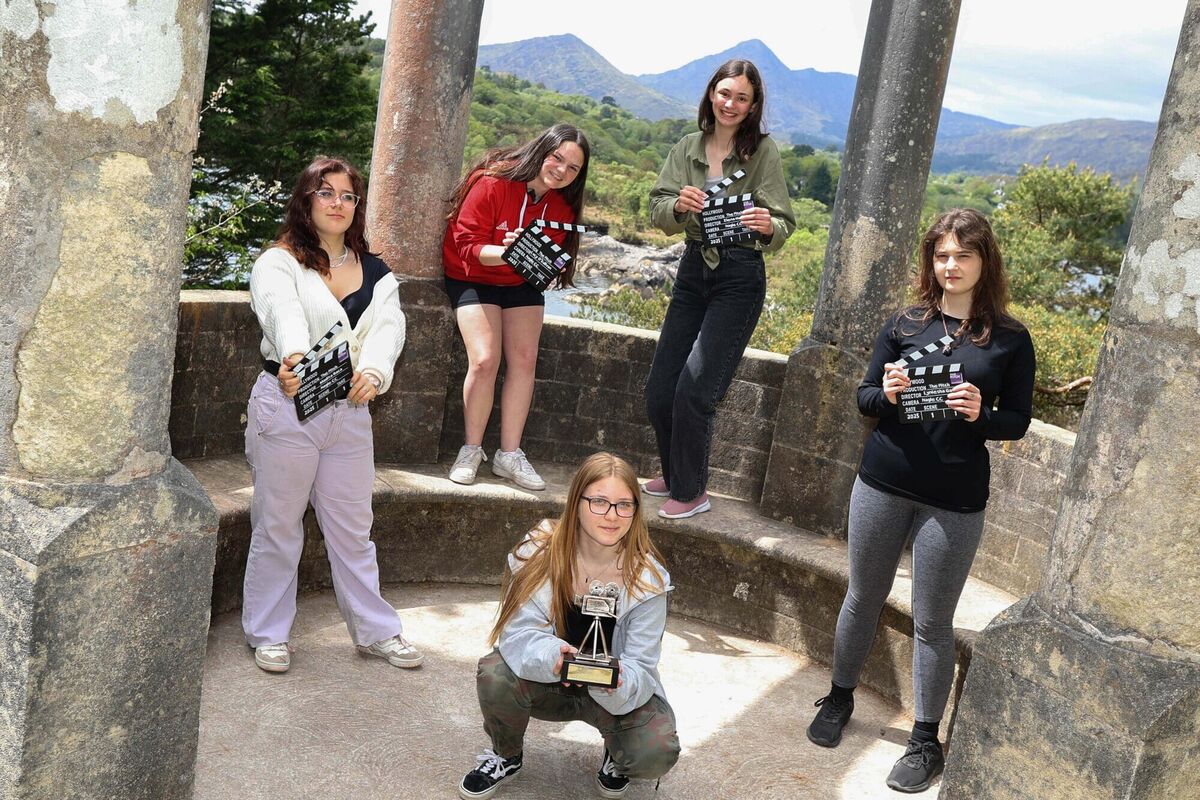
Given all of this crucial context, it seems utterly surreal that there is such vehement opposition to the Nature Restoration Law. The backlash is a coordinated campaign to throw out the Nature Restoration Law before it even gets to be debated by the European parliament, an attempt to quash democracy with powerful lobbying, blatant misinformation, and extreme scaremongering. Here in Ireland, the law has been described as "the biggest land grab since Cromwell". There are coordinated claims that the Nature Restoration Law will push farmers out of business and remove agriculture from our rural areas.
What is so ironic is that the decline in nature and accelerating climate change are jeopardising all the resources we depend on for our prosperity, even threatening our ability to continue feeding ourselves. Healthy ecosystems are our most important ally, yet are being portrayed as a threat to food production.
Earlier this year, the Citizens' Assembly on Biodiversity Loss concluded its deliberations with a suite of recommendations. The whole process demonstrated how, when well-informed citizens have a say on policy matters, they will come out passionately in favour of the need to better protect and restore nature. They called on the Government to prioritise ambitious nature restoration, specifically recommending that “Ireland play a leading and supportive role in the adoption and implementation of a new EU Nature Restoration Regulation”.
There is a stark dissonance now between what is being demanded by an increasingly well-informed population and the actions of a malignant minority peddling misinformation in attempt to strategically undermine the progress of this new law.
The most hopeful phenomenon we have is the resilience of wild things, the self-determined recovery of woodlands, wetlands, and ocean habitats. That so many people are enthusiastic about restoring nature is also grounds for hope. We must not let the scaremongering of a minority derail this democratic process.




